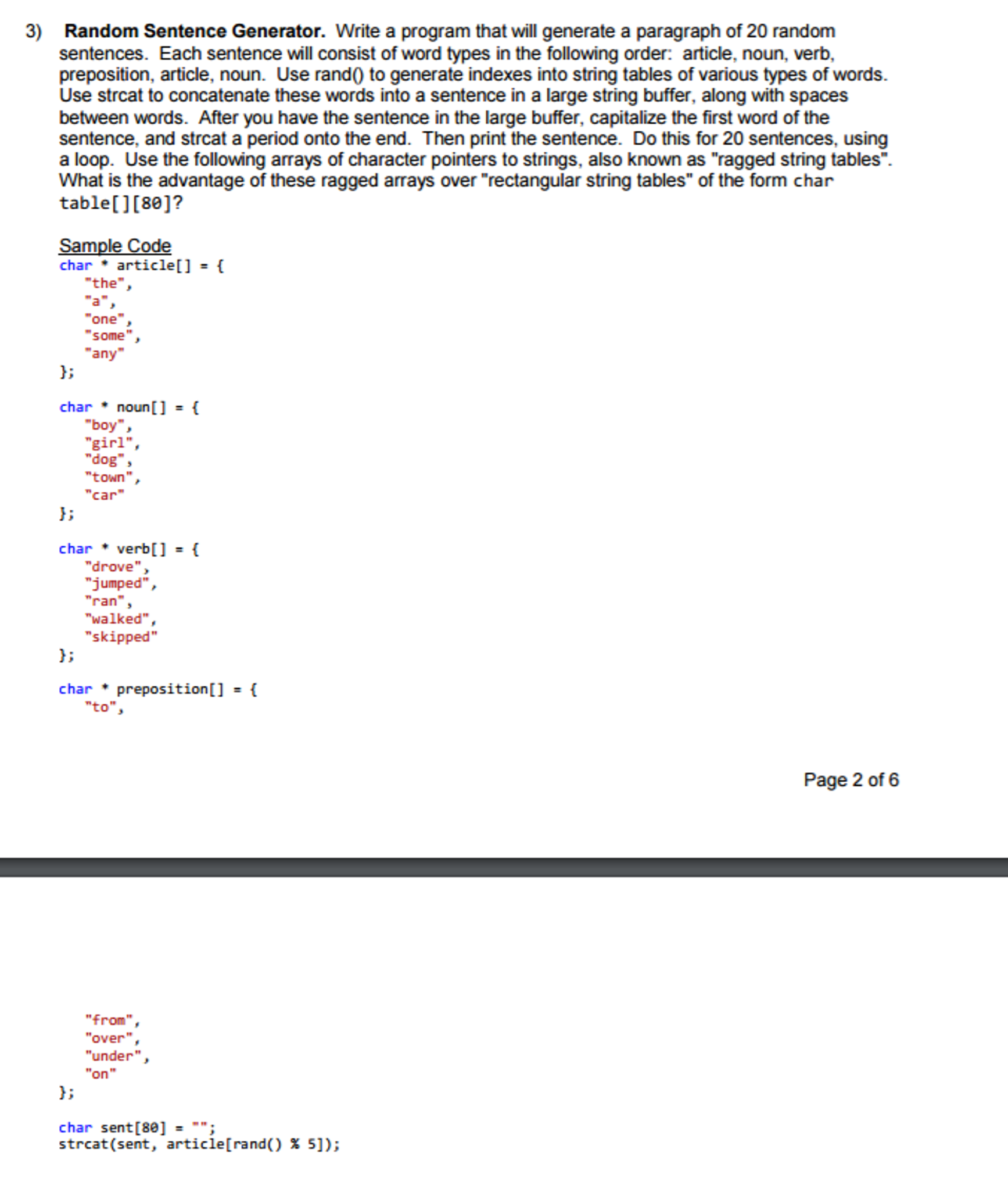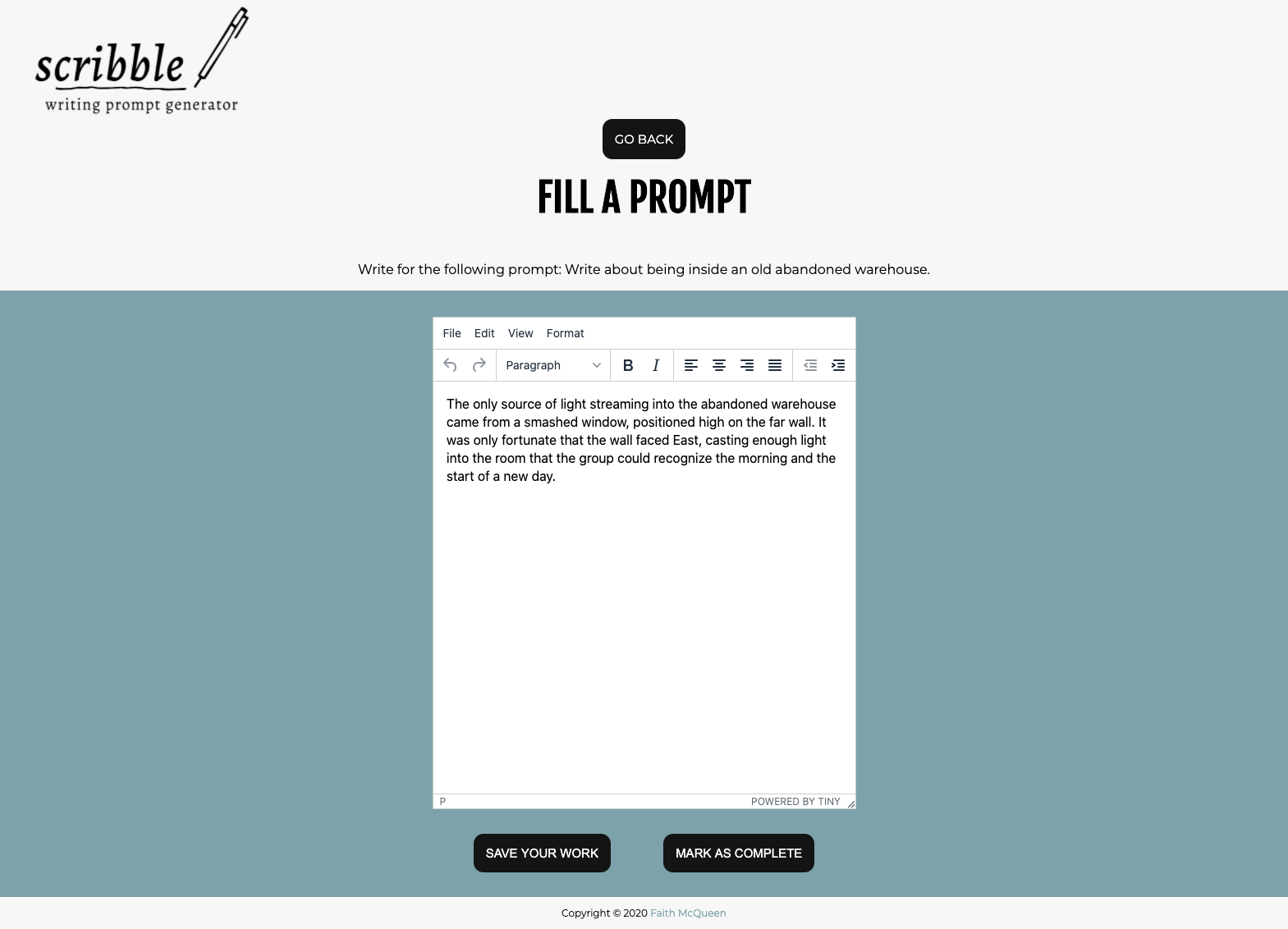

#Write generator download
Download Hive Access your workspace on desktop or mobile.AI Assist Use AI to kick off tasks and projects automatically.Integrations Sync Hive with your most-used external apps.Hive Apps Connect dozens of apps to streamline work from anywhere.Automations Save time by automating everyday tasks.Analytics Gain visibility and gather insights into your projects.Notes Leverage AI to create content for you in seconds.Collaboration & messaging Connect with your team from anywhere.

Goals Set and visualize your most important milestones.Time tracking Automatically track time spent on Hive actions.Project management Track your team’s tasks and projects in Hive.
#Write generator free
Join today and get 150 hours of free compute per month. Spin up a notebook with 4TB of RAM, add a GPU, connect to a distributed cluster of workers, and more. Saturn Cloud is your all-in-one solution for data science & ML development, deployment, and data pipelines in the cloud. Keywords: Keras, Predict_generator, Data Generator, Data Science, Machine Learning, Python, TensorFlow, Neural Networks, Large Datasets, Data Preprocessing, Data Augmentation, Model Robustness
#Write generator how to
We hope this guide has been helpful in understanding how to write a generator for a Keras model for predict_generator. Once you’ve got that down, you can use your generator to augment your data, improve your model’s robustness, and make predictions on large datasets. Remember, the key to writing a good generator is understanding your data and how you want to preprocess it. It allows you to load and preprocess data on-the-fly, making it a valuable tool in any data scientist’s toolkit. Writing a generator for a Keras model for predict_generator is a powerful technique for handling large datasets. The steps argument specifies how many times the generator should be called. In this example, model.predict_generator will call the generator function and collect steps * batch_size samples to make predictions on. predict_generator ( generator, steps = 100 )

Generator = my_generator ( batch_size = 32 ) predictions = model. Let’s dive into how to write a generator for a Keras model. Additionally, they can be used to augment your data in real-time, adding variability and improving model robustness. They allow you to load and preprocess data on-the-fly, which can be a significant advantage when dealing with large datasets that don’t fit into memory. Generators are a powerful tool for handling large datasets.

However, when you need more control over the process, you can write your own generator. Keras provides a utility called ImageDataGenerator for data augmentation and preprocessing. This is particularly useful when dealing with large datasets that cannot fit into memory. A generator is a function that allows you to iterate over a dataset, yielding batches of data. What is a Generator in Keras?īefore we dive into the specifics, let’s first understand what a generator is in the context of Keras. In this blog post, we’ll delve into how to write a generator for a Keras model for predict_generator, a method that allows you to make predictions on a large dataset. One tool that has proven to be invaluable in this regard is Keras, a high-level neural networks API, written in Python and capable of running on top of TensorFlow, CNTK, or Theano. In the world of data science, the ability to efficiently process large datasets is crucial. | Miscellaneous How to Write a Generator for Keras Model for Predict_generator


 0 kommentar(er)
0 kommentar(er)
